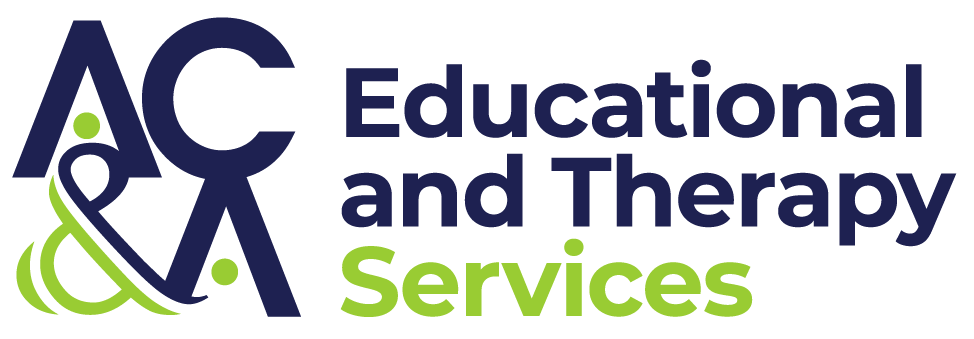
95% of parents agree that speech, language, and hearing milestones are some of the most important developmental milestones. However, MORE THAN A QUARTER of concerned parents did not seek help for their child who showed signs of communication disorder, most commonly because they did not know where to go for help.
According to the American Speech and Hearing Association (ASHA), 1 in 4 parents have had concerns about their child’s ability to communicate.
At AC&A, we have an experienced Team of Speech-Language Pathologists (SLP) with highly qualified professionals educated in the study of human communication, its development, and its disorders. They can assess speech, language, cognitive-communication, and oral/feeding/swallowing skills and treat any communication disorders or delays using sensory based techniques and interventions, as a large percentage of the speech and language delay/disorders are rooted in sensory processing delays.
These are some of the strategies used by Speech Language Therapists:
- Language intervention activities: To stimulate language development, the Therapist will interact with the child by playing and talking, using pictures, books, objects, or ongoing events. The therapist may also model correct vocabulary and grammar and use repetition exercises to build language skills with adults and seniors.
- Articulation (or Sound Production) Exercises: The Therapist will model correct sounds and syllables in words and sentences for a child, often during play activities. The level of play is age-appropriate and related to the child’s specific needs. The SLP will show the child how to make certain sounds, such as the “r” sound, and may show how to move the tongue to make specific sounds.
- Oral-motor/feeding and swallowing therapy: The SLP may use a variety of oral exercises — including facial massage and various tongue, lip, and jaw exercises — to strengthen the muscles of the mouth for eating, drinking, and swallowing. The SLP may also introduce different food textures and temperatures to increase oral awareness during eating and swallowing.
We feel that these interventions are a crucial part of the traditional therapeutic techniques in achieving the most positive outcomes.
If you have noticed any of these signs in your child and need more information or guidance, visit our website to learn more and schedule a Live Video chat with a Therapist.
You can also find us on our Social Media Channels:
We are here to help!

